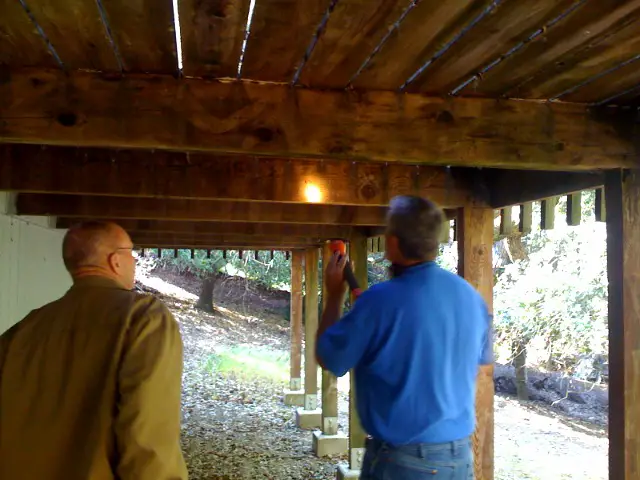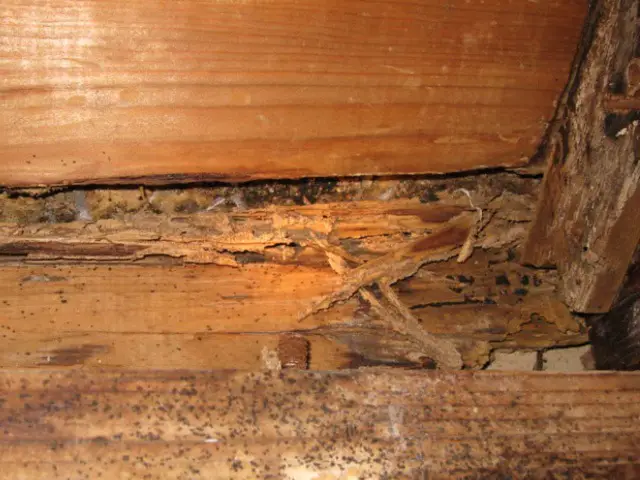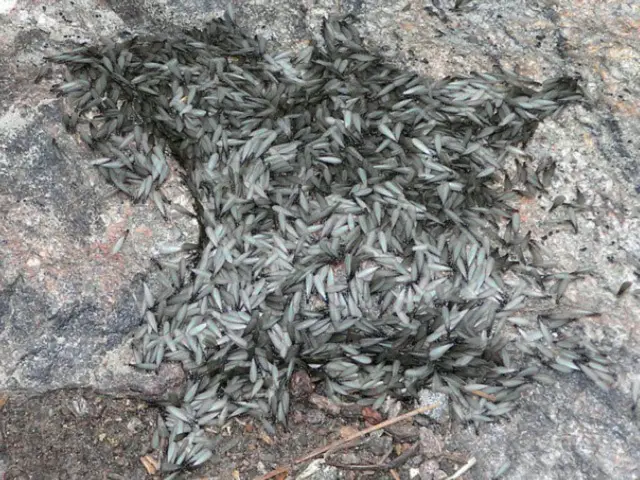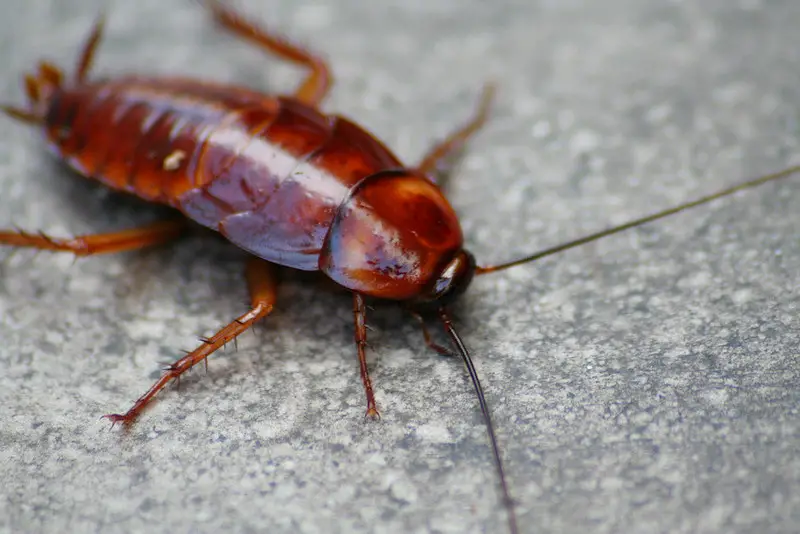Vehicles Damaged by Rats
How would you spend it if given a chance to freely spend between $2,500 and $5,000 any way you choose? Would you take a family vacation, tour the wine country, hit the mall for a shopping spree, redecorate a room in your home, or perhaps hit the lavish Scottsdale resort spas for a weekend? Each of these ideas sounds like a great way to blow some extra cash on fun things. Instead, imagine having to spend at least that same amount on repairing rodent or rat damage to your car, SUV, or truck. This is a serious, no laughing matter! The wire harness alone for a Ford or GM car can run about $1,500. Labor to remove the ruined wires and install new wiring can run into the thousands of dollars to fix.
Throughout Northern Arizona and Phoenix, Scottsdale, Paradise Valley, Arcadia, and Tucson, rodents have been damaging the wiring within the engine compartment of vehicles. This may sound unbelievable to those who have not had the misfortune of having to replace an entire engine wire harness in their car, truck, or SUV. For those who have had the horrible experience, it’s clearly no way they would want to direct their hard-earned cash, especially in this current economy.
Why would rats chew on my car?
Rodents, which are mostly nocturnal creatures with the exception of squirrels, will all find shelter to hide from both the elements and their natural predators. A vehicle has many nooks and crannies for Arizona’s roof rats, mice, and especially the highly destructive packrat to hide. The interior and passenger compartments are not what lure the rodents in. Instead, it is the engine compartment, which may afford warmth if the vehicle was recently driven and then parked, or the many wires insulated with a substance that attracts many rats to chew.
The annoying pests will also chew their way through the fibrous firewalls near wheel wells and the front passenger compartment. Rats seem especially interested in chewing on rubber parts and water tubing. Once they have begun chewing and gnawing, it’s just a matter of time before they cause serious and costly damage.
How do I prevent rodents from damaging my vehicle?
First and foremost, it’s never a good idea to leave food or trash inside a vehicle. All rodents have a very keen sense of smell and could be attracted to food remnants if they are left in your car, truck, or SUV. Second, if you are aware of any rodents in your neighborhood or if you have had signs of packrats, roof rats, mice, squirrels, skunks, or other common Arizona pests, it is crucial that those rodents be trapped and removed by a professional licensed wildlife and pest management company in your area.
If a rodent is present with trapping, there are often many more where that rodent came from. This is why a rodent bait program is essential to prevent your vehicle from being damaged by a pesky creature. Baiting will help to eliminate unwanted pack rats, roof rats, mice, gophers, and even squirrels.
Related posts:
The bait should be delivered and monitored by a reputable pest and rodent control company to ensure that it’s done correctly and that the bait is checked on a regular basis. This prevents the bait from non-targeted animals from being affected. Pest control professionals have successfully ridden unwanted rodents from vehicles, homes, and commercial properties.
Don’t allow your vehicle to fall prey to highly destructive rodents. Spend your money wisely and make sure your home and vehicles are protected from a rodent infestation.
Roof Rats in Arcadia Neighborhood of Phoenix
In simple real estate terms, “Location, location, location!” This is the reason why, much like the human residents of the beautiful and highly desirable neighborhood of Phoenix, Arizona, Arcadia has drawn so much attention from the Rattus rattus, a.k.a. the Roof Rat.
Roof rats are omnivores, which lead them to seek food from both plant and animal sources. The Arcadia roof rats are very fond of the abundant fruit, which lines the streets of this Phoenix community. Fruit trees in Arcadia produce thousands of tons of fresh citrus every year. Most of this fruit was unpicked until the recent adoption of the Arcadia Citrus Program in 2002. Since that time, over 1.5 million pounds of citrus have been donated, removing it from the trees and streets where the roof rats have an open buffet. But Arcadia’s rodents rely on more than just the ever-present and abundant citrus fruit. They also eat flowering plants, cactus, pet food, stored food, insects, trash, birdseed, and snails.
Why so many rats and rodents in Arcadia?
The truth is that rodent control and pest control companies have seen a roof rat presence in many areas, including those in suburbs and city centers. This means that most areas are in the fight against roof rats. Roof rats have spread to many areas in the country.
Arcadia is notable because since 2001, roof rats seemseem to have stemmed from this region, marking this as the first noticeable neighborhood to experience the roof rat problem in Phoenix. With an unlimited supply of fruit and a plethora of insects, which are part of the citrus ecosystem, roof rats have an endless supply of food and nourishment.
An abundance of easily accessible water is another source of Arcadia’s link to the large population of roof rats. From the citrus fruit’s moisture to the countless swimming pools and infinite run of landscaping lines within the Arcadia neighborhoods, the roof rat has a very short trek to find food, water, and shelter. A roof rat will travel over 300 feet to find food or water from its shelter. Having such an abundance of food, water, and shelter allows Arcadia’s roof rat population to grow very quickly.
The growing roof rat population needs shelter, which is also easy for the resourceful rodents to find in the Arcadia area. Having many overhead telephone, cable, and power lines, roof rats can cross from yard to yard very easily and often undetected by homeowners. As a result, roof rats find homes easy to enter, providing safe shelter from predators and natural elements such as heat, rain, and cold.
Considering the combination of ample and accessible shelter, a vast supply of food, and unlimited water sources, it’s really no mystery why these hungry foraging rodents have chosen such a great location as Arizona to make their home.
How many Roof Rats are in Arcadia?
To date, there have been no biological studies to show the exact roof rat population in Arizona in general. But, a single female roof rat can produce five to eight rat pups per litter. In the perfect Arizona climate, that same female rat can have five or more litters per year. That means if just one female rat breeds forty new roof rats per year, the potential for hundreds of thousands—and even millions—of roof rats are possible within Arcadia and the greater Phoenix area. Roof rats travel in groups, so you can be sure that there are many more rats where there is one rat. Just how many is anyone’s guess at this time.
Professional Rodent Proofing
There will always be an effort to build a better mousetrap or rat trap as a sign of man’s advancement and domination over rodents. Shopping through the aisles of the local hardware store, there are numerous traps, sprays, poisons, baits, sticky solutions, zapper devices, sonic pulses, scents, and other so-called proven rodent solutions. It is important to also note that the items available on a consumer basis are often much different from the available tools a professional wildlife and pest management company can choose from. The effectiveness of many of the consumer products used to trap, kill, and prevent rats, mice, squirrels, raccoons, bats, scorpions, pigeons, and other annoying rodents is often questionable at best.
Many homeowners will spend endless hours and even abandon sleep pursing and worrying about a rodent infestation in their Arizona home or neighborhood. While some efforts to trap, contain, and eliminate pesky rodents will provide temporary relief, often those homeowners will face a new wave of rodents within a few months or even years. Fortunately, it is possible to completely rodent-proof and protect a home or property from the destruction and nuisance of rodents with the proper tools and care.
Can I get rid of rats myself?
Homeowners may certainly attempt to fix the problem of a rodent infestation themselves. With enough constant trapping and some creativity, a rodent problem can be combatted. However, there are dangers and risks a homeowner must be aware of. Often a roof will need attention, requiring a ladder and time spent on a sloped surface. Roof tiles may be damaged, vents may be blocked, and a painful fall can occur if proper care is not taken. Falling ten to twenty feet could cause serious injuries or even be fatal.
Controlling rodents also requires the use of toxic baits that are poisonous if ingested or eaten accidentally. It is also possible to kill native birds and local cats and dogs if the bait is unprotected. Breathing and touching toxic materials is not a good idea under any circumstances. Handling and spreading these materials for controlling rodent populations is part of the equation to eliminate Arizona’s rodents, however, so it is a task best left to a professional.
A homeowner must also navigate through tight, dark, and narrow attic spaces while working to exterminate rodents and pests. A wrong step can cause damage to drywall, put holes in a ceiling, break water lines and pipes, and could also expose you to an electrical shock if wiring has been chewed on by a roof rat, pack rat, or a squirrel. Many exposed, sharp, rusty nails in these attic spaces could cause a very serious cut and possibly expose you to Tetanus if not extremely careful while working in an attic space.
The most common problem a homeowner will face is the reoccurrence of a rodent infestation after a temporary period of relief.
Who should I call for pest control?
There is no shame in waving the white flag and asking for the help of a professional to solve a serious rodent infestation or problem in your Arizona home. It is important to find a licensed, insured, reputable, qualified, and knowledgeable wildlife and pest management company that has experience in providing permanent solutions to your rodent problem. Make sure that the company has been educated in the science of wildlife management and pest control and has a background in sound construction practices.
Results should be first and foremost with any company that claims to solve your rodent issues. A comprehensive warranty in writing should be a mandatory item from the rodent proofing company. Real testimonials and references should also be reviewed prior to hiring a wildlife and pest management company.
Ask important questions about the types of materials used to proof your home or building, from pigeons, packrats, roof rats, skunks, mice, or squirrels. If a company uses spray foam, duct tape, or other non-permanent materials, stay clear of their service. Get a sense if they have been educated in wildlife management and pest control. Finding a qualified professional to solve a rodent problem is just as important as finding the right repairman for an appliance or your vehicle. If someone tells you that they can simply spray to eliminate roof rats, pack rats, skunks, mice, squirrels, or pigeons, be aware that they could be taking advantage of you.
Also, make sure that the company you choose to solve your rodent problem will provide quick and personal customer service. If you speak only to an answering machine, that is not a positive sign. A good wildlife and pest management company will provide daily, weekly, and monthly service to your home, depending on the rodent situation. Taking the time to listen to your needs, concerns, and issues with an infestation is paramount.




